January 12, 2018 was a significant milestone in the growth of football in Saudi Arabia; on that date women were – for the first time – permitted to attend domestic league matches in person, heralding the relaxation of decades of religious conservatism in the kingdom.
For a nation that has long been at the forefront of the men’s game, winning AFC Asian Cup titles in 1984, 1988 and 1996 and representing the continent at the FIFA World Cup on six occasions since 1994, Saudi Arabia’s status among Asia’s elite has never been in doubt.
But while Japan, Korea Republic, Australia and DPR Korea have had a significant presence within the women’s game in addition to multiple FIFA World Cup appearances, cultural restrictions have prevented Saudi Arabia from matching Asia’s other high achievers.
That, though, is in the process of changing as Saudi Arabia pours considerable resources into playing catch-up in the women’s game.
In 2021, three years after those restrictions were lifted, the Saudi Arabia Football Federation (SAFF) launched the country’s first women’s national team.
A further two years later Spain’s highly decorated and globally respected Lluis Cortes was hired on a long-term deal to lead the climb up the FIFA rankings towards qualification for the game’s top tournaments.
Cortes’ arrival was a coup as the Saudis look to build on the groundwork laid by former Bahrain and Qatar coach Monika Staab following her ascent into the role of technical director after a two-year spell as the inaugural national team boss.
It was a move that, in its own way, signaled Saudi Arabia’s intent as significantly as any embarked upon by the nation in recent times.
The 36-year-old is no stranger to success throughout his career having led Barcelona to a continental treble by winning the Primera Division, Copa de la Reina, and UEFA Women’s Champions League in 2021, a feat that saw him named UEFA Women’s Coach of the Year.
After a stint managing Ukraine’s women’s national team, he arrived in Riyadh in December with the task of lifting Saudi Arabia – who did not have a FIFA ranking until March last year – into the game’s upper echelons.
“When I received the call from SAFF and I started watching some videos and collecting information from the team and the girls, my expectations were low,” Cortes says of his initial impressions of Saudi Arabia’s fledgling national team programme. “What I had seen from other matches from previous years from the team wasn’t good.
“And coming from Barca and top level teams, of course the level is very different. But once here, once we started to work with the girls I saw something very different. The level was higher than I expected.
“What was the best thing for me was they were eager to learn. They were asking about everything. They really want to be better players. After explaining to them some things, they were trying to do and they were improving every day.
“It is amazing how quickly they learn. Most of the players are young, the average age is 23, 24 years, not more. They can improve a lot in the coming years.”
While the starting level may have been low, progress has been rapid with the players quickly taking on Cortes’ ideas to implement a possession-based style that ran contrary to their defensive instincts.
The switch has already seen positive results, with Saudi Arabia picking up back-to-back wins over Syria in January before a trio of encouraging performances during February’s hosting of the WAFF Women’s Championship, the first senior women’s international tournament played on Saudi soil.
“The first idea was to try to convince these players there was another way to play football,” says Cortes. “Before they were playing by just defending, playing long balls. They are very young but some of them only started playing 11-a-side just two or three years ago.”
While it is still early days, the work done by the federation both prior to Cortes’ arrival and since the Spaniard landed in Saudi Arabia is significant.
The women’s football department at SAFF was established in September 2019, with the national team programme launched two years later. By the end of 2023, the number of registered female players almost tripled, from 374 to more than 940.
Under the gaze of technical director Staab, infrastructure is being put in place to give women the opportunity to train in professional environments while the number of coaches in the female game has increased from 11 to well over a thousand.
Four women’s regional training centres have already been opened, with plans for more, while at youth level there are moves to add further age group teams to the under 23 side that played their first game in December.
“SAFF and the country are investing a lot in women’s sport and women’s football,” says Cortes. “They started two years ago with the national team but now our conditions as a team are the same as the men’s team: the hotel, how we travel, the facilities, the materials.
“We have a staff of 28 people. When I was in Barca we were 17 or 18. We have very professional staff. All the investment in women’s football is amazing.”
Cortes is part of the federation’s long-term plan, with the Spaniard given a contract until 2027.
That expiry date is not without significance as it coincides with the next edition of the FIFA Women’s World Cup, but Cortes cautions against expectations that his team will have a realistic chance of appearing at the Finals.
“The goal remains to qualify and play in a major tournament, but I cannot say it if will be in two years or five years or 10 years,” he says. “But we have to be ready for our opportunity. It’s a long journey and we’re only in the beginning. We just started this journey.
“We are playing against women’s teams that started playing maybe 30 or 40 years ago and we started as a national team two years ago. We’re like a baby, so we need to give this baby the right tools to learn to walk, then learn to run and then to learn to sprint and go step-by-step.
“We’re at the beginning, it’s true, but we have the tools and the support from SAFF and the country to try to help the system and go a little bit faster than normal.
“To play at the World Cup in 2027, we have to be realistic it’s not a goal. If we can be there then I will jump and dance for five hours! I think it’s not a goal.”
Instead, Cortes views featuring in the preliminaries for the next edition of the AFC Women’s Asian Cup™ in 2026 – which double up as the continent’s qualifiers for the FIFA Women’s World Cup – as a realistic next step for his squad.
“Sometimes you need to play against big teams, against strong teams, against top teams to see what is your level and to see where the real level is,” he says. “And maybe we won’t qualify. But it will be very useful for us to see where is the level.
“If you play against Thailand and you lose 6-0 you will think: what do I have to do to be like Thailand, because I want to be like that team, to win 6-0 and not lose 6-0. So I want to play the qualifiers, that can be a goal that is realistic.
“To qualify for the Asian Cup is also difficult. Not many teams are there in the final stage, but we can try.”
- نویسنده : محمد مهدی اسماعیلی رها

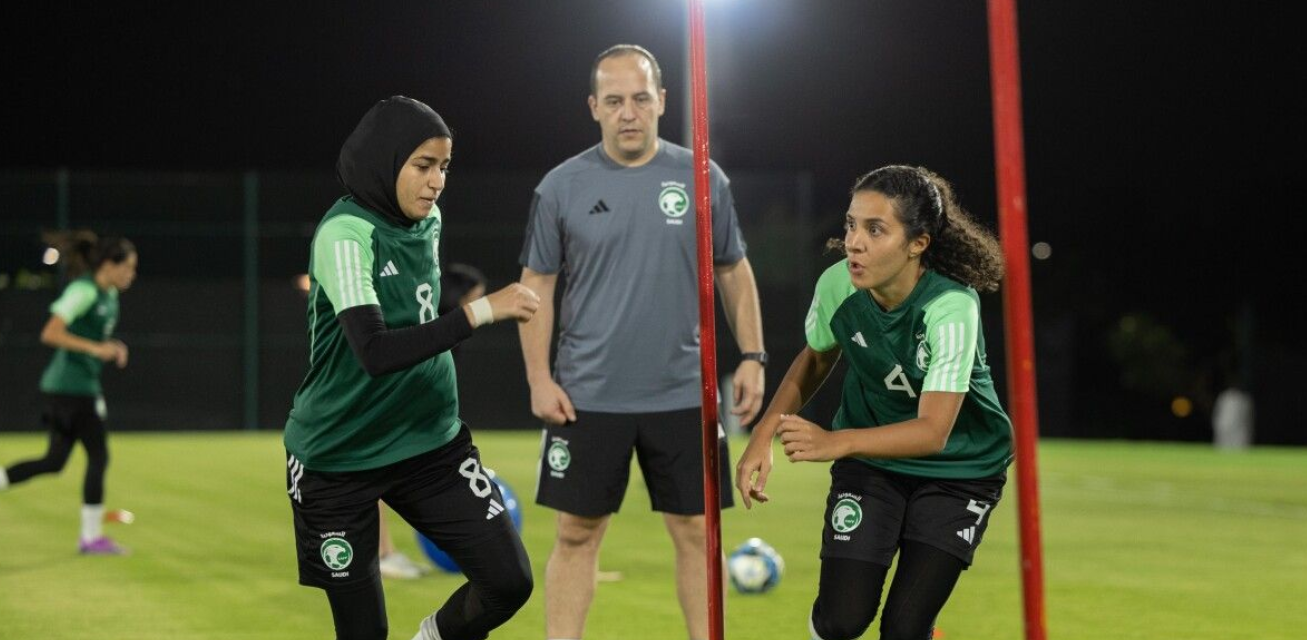

















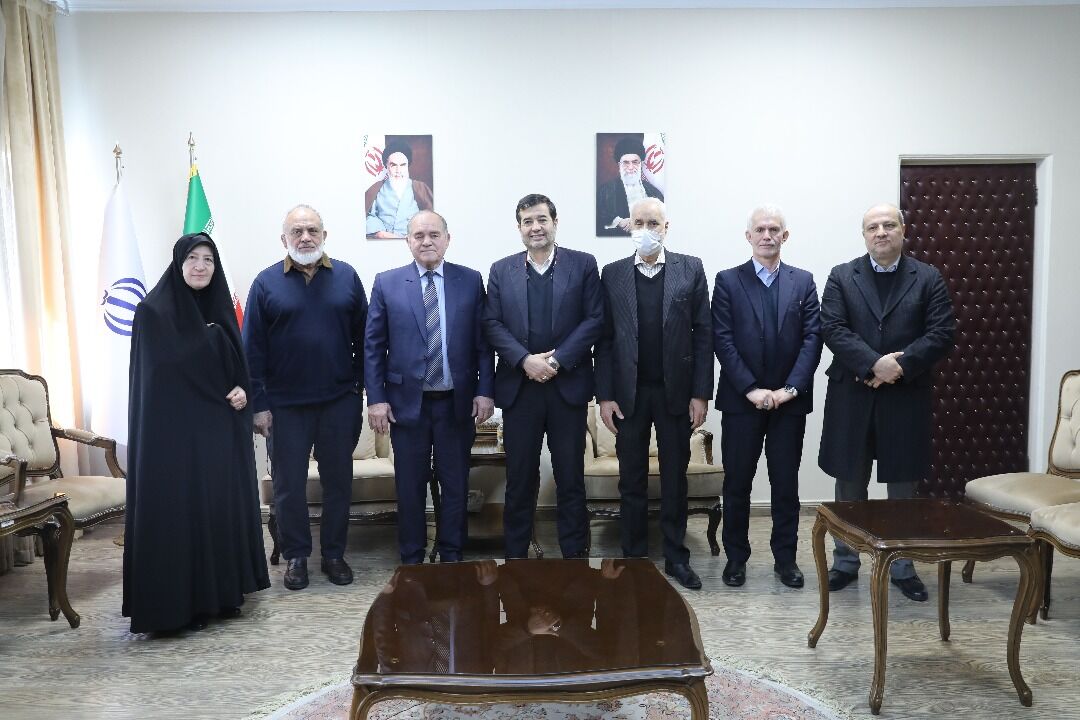
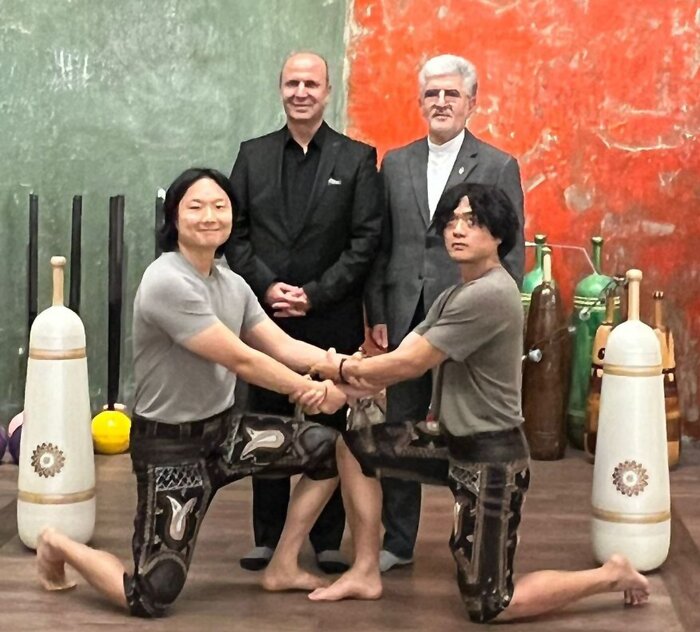
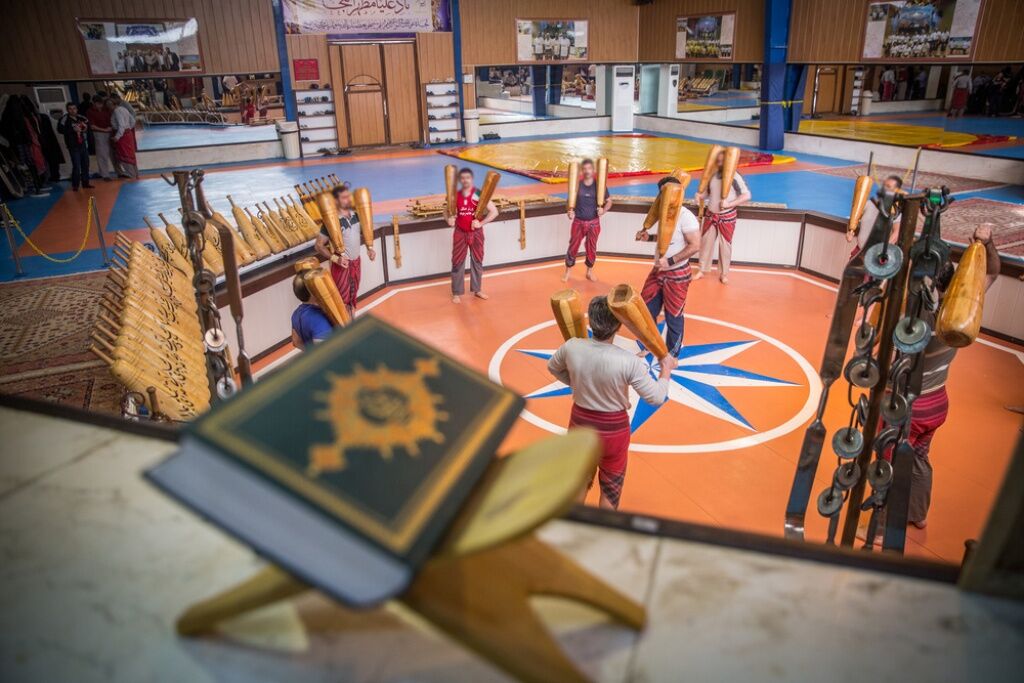
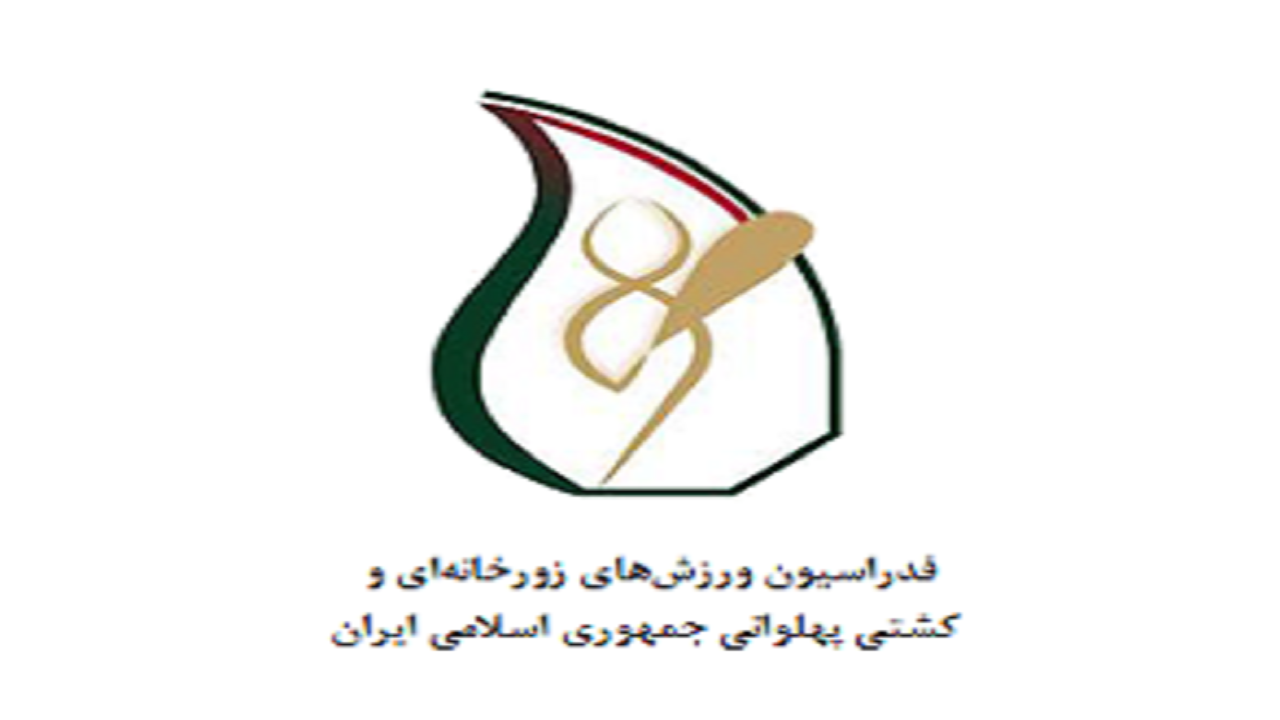







Monday, 21 July , 2025